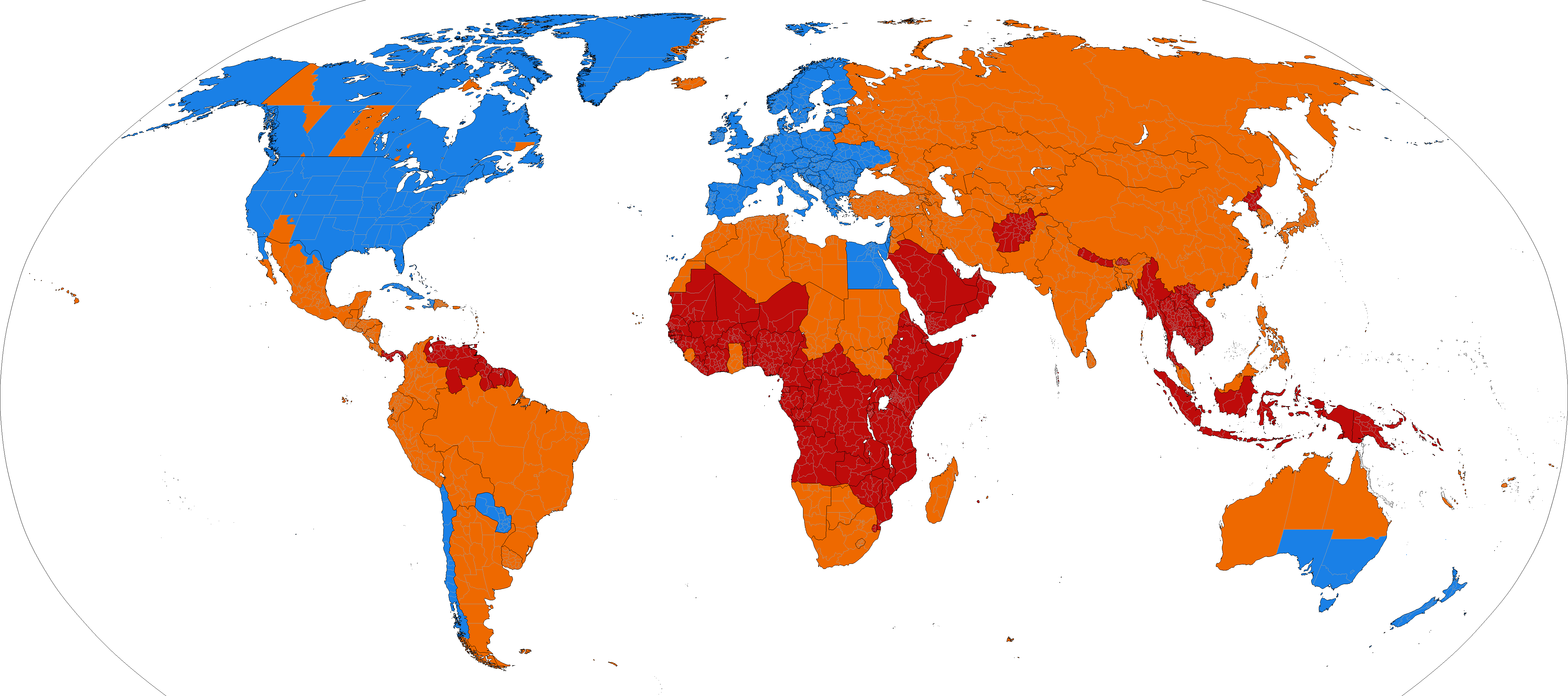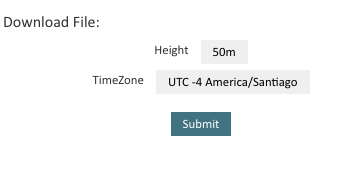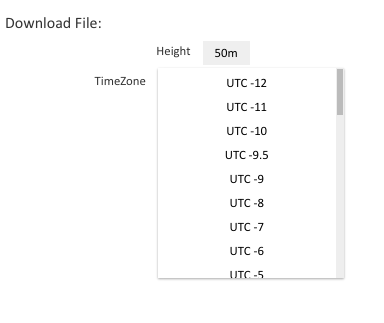The Royal Observatory established the Greenwich Mean Time (GMT), the solar time at that location (Greenwich, London) as a way of reference to sailors to calculate their current longitude, knowing the difference between the time on board, which was the solar time at that location, and the Greenwich Mean Time kept by portable timekeepers.
The Coordinated Universal Time or UTC was established in 1960 and it is the successor to Greenwhich Mean Time. It is defined as the mean solar time at 0 degrees longitude. Since then, GMT is no longer a time standard but a time zone, although both share the same current time and are sometimes used incorrectly as synonims. UTC is also known as Zulu time or simply Z.
Conversion between time zones can be calculated by adding and subtracting the corresponding offset to UTC. So, for example:
Time in LA = Time in NY - (UTC offset in NY) + (UTC in offset LA) = 23:59 - (-05:00) + (-08:00) = -20:59

Time Zones in the World (Source: Wikipedia)


